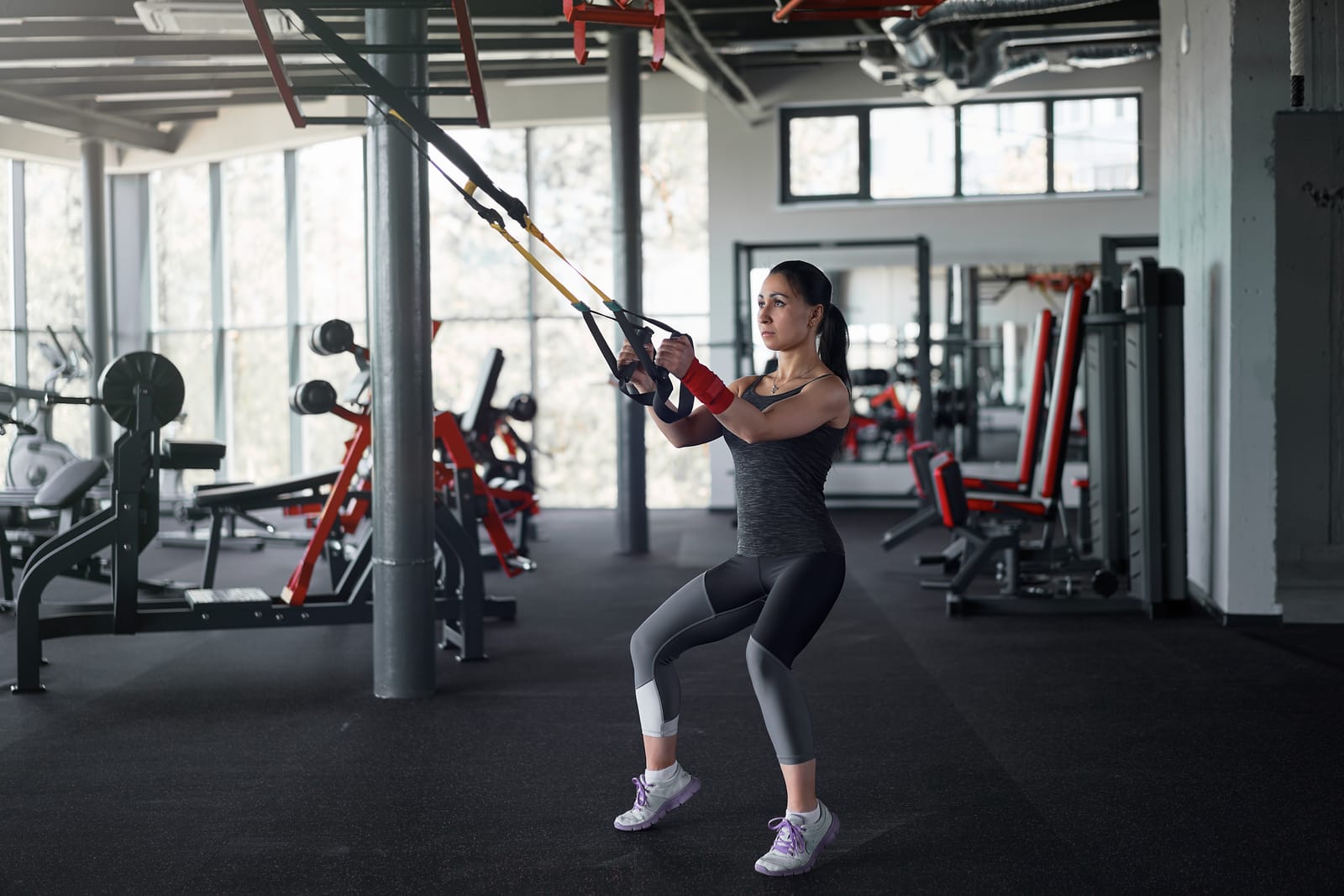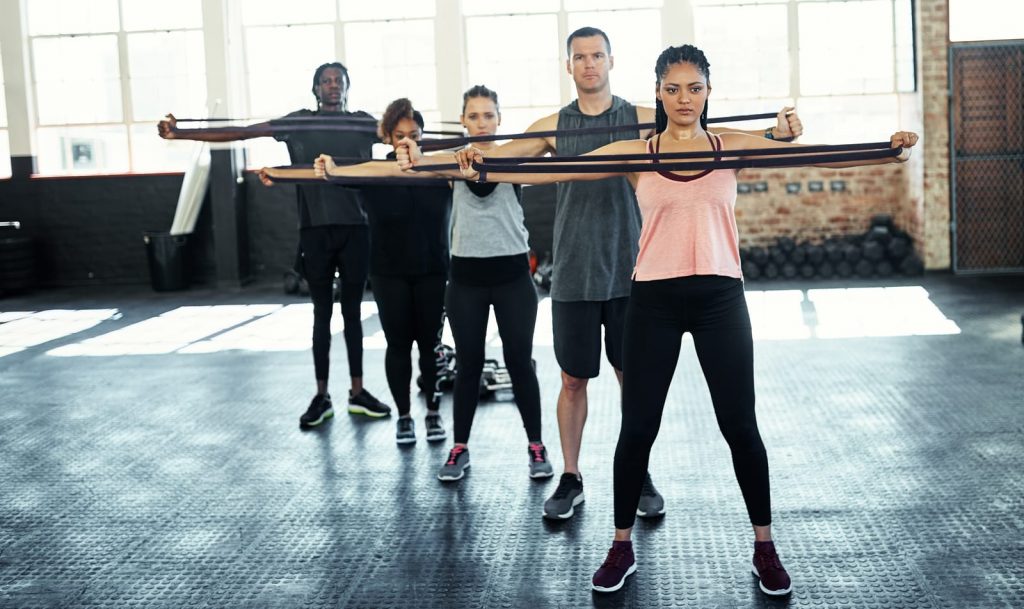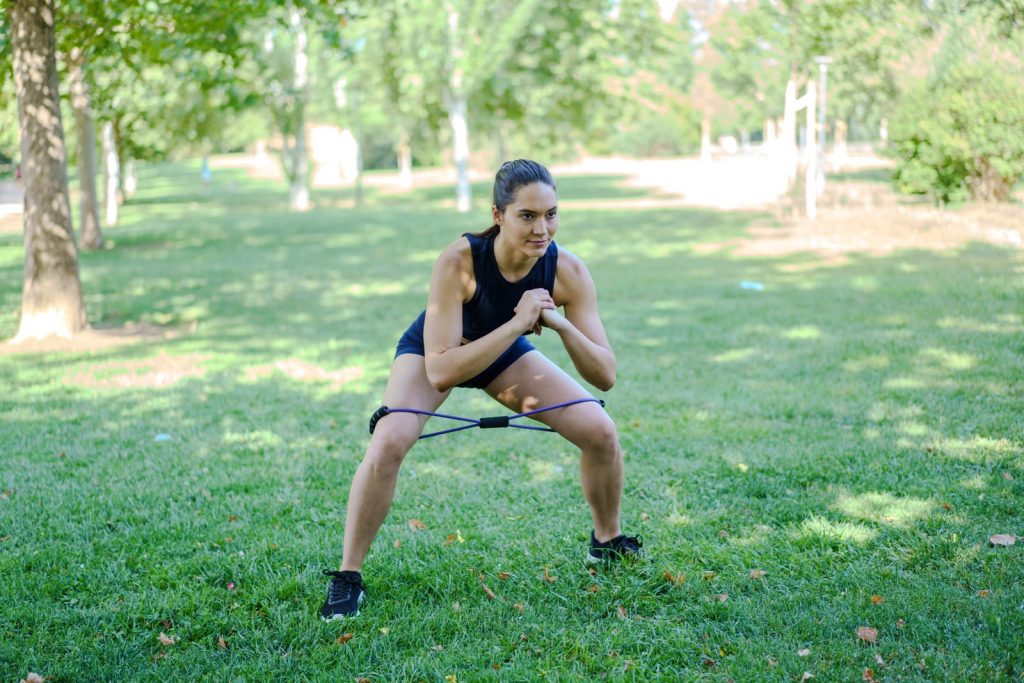
Can You Build Muscles with Resistance Bands?
Resistance bands are gaining popularity in the fitness world for a reason. They are versatile, portable, and effective for muscle building. The question on many minds is: “Can resistance bands really help build muscles like traditional weights?”
Yes, they can. Resistance bands offer unique benefits, such as improving stability and posture while reducing injury risk. They provide adjustable tension, which challenges muscles at every stage of an exercise. This blog dives into how resistance bands work and if they can truly support muscle growth.
How Resistance Bands Work for Muscle Building
Resistance bands function by creating tension as you stretch them. This tension forces muscles to contract, similar to using free weights or gym machines. Unlike weights, bands provide constant resistance throughout the entire movement. This means your muscles work hard during every phase, enhancing strength and endurance.
Studies show that resistance bands can match the muscle gains provided by traditional gym equipment.
The key lies in good form and resistance levels. Proper form ensures muscle activation, while varying resistance levels targets different muscle groups effectively.
- Increased Time Under Tension: Resistance bands maximize time under tension, essential for muscle growth. This continuous tension prompts muscles to adapt, promoting hypertrophy.
- Adaptability: Resistance bands cater to all fitness levels. Beginners can start with lighter bands, while experienced users can increase tension for more challenging workouts.
Key Benefits of Using Resistance Bands for Muscle-Building
Resistance bands offer unmatched versatility. You can use them for a wide range of exercises, targeting nearly every muscle group. They mimic movements like biceps curl, chest presses, rows, and squats with ease.
You can use them for both upper and lower body workouts, allowing you to train muscles from different angles. Unlike bulky gym equipment, resistance bands fit into any space, making them perfect for home use or travel.
Exercises to Try:
- Bicep Curl: Stand on the resistance band and pull up to engage your biceps.
- Chest Press: Anchor the band behind you and push forward to work your chest.
- Squats: Step on the band, hold the ends with your hand, and squat to target your legs and glutes.
Improves Posture and Core Stability
Resistance bands or rubber bands strengthen the back, shoulders, and core muscles. A strong core helps stabilize your body during other exercises, reducing the risk of injury. Improved core strength also leads to better posture.
Upper Body Exercises to Strengthen Muscles with Resistance Bands
Exercise bands provide an effective way to build upper body strength. They create constant tension throughout exercises, forcing muscles to work during every phase of movement.

Here’s a list of resistance band exercises targeting upper body muscles:
1. Banded Pull-Apart
- How to Perform: Hold the band with both hands at shoulder height. Pull the band apart, squeezing the shoulder blades together. Slowly return to the starting position.
- Muscles Worked: Upper back and shoulder muscles. This exercise routine targets posture muscles, helping improve shoulder alignment.
- Benefits: Enhances upper back strength, supporting a balanced and upright posture.
2. Lat Pulls
- How to Perform: Hold the band overhead with both hands. Pull one elbow down towards the ribcage, using your back muscles. Return to the starting position and switch sides.
- Muscles Worked: Latissimus dorsi (lats) and upper back.
- Benefits: Builds the broad muscles on the sides of the back. Creates a stronger, more defined back.
3. Banded Row
- How to Perform: Anchor the band securely. Hold the handles with your thumbs pointing up at chest level. Pull the handles towards the body, squeezing the shoulder blades together.
- Muscles Worked: Deltoids, lats, traps, and biceps.
- Benefits: Strengthens the upper back, promoting muscle growth in the shoulder and arm muscles. Improves core stability as you engage your midsection to support the movement.
4. Chest Press
- How to Perform: Anchor the band behind you. Hold the band with palms facing downward at chest height. Push the arms forward, fully extending them before returning to the starting position.
- Muscles Worked: Chest muscles, triceps, and core.
- Benefits: Activates chest muscles while engaging the core for stability. Helps build upper body strength without putting stress on joints.
How They Help Build Muscle
These exercises create constant tension throughout each movement. The resistance from the bands challenges muscles during both the contraction and release phases. This continuous tension increases the time under strain, which is essential for muscle growth and hypertrophy.
Lower Body Training to Build Muscles with Resistance Bands
Resistance bands are excellent for targeting the lower body. They add resistance to familiar movements, engaging muscles in new ways and promoting muscle growth.

Here are some best resistance band training workouts that use resistance bands to build lower body strength.
1. Banded Squats
- How to Perform: Step on the band with feet shoulder-width apart. Hold the ends of the band at shoulder height. Lower into a squat by pushing the hips back and bending the knees. Stand up, pressing against the band’s resistance.
- Muscles Worked: Quads, glutes, and hamstrings.
- Benefits: Increases tension on the quads and glutes throughout the squat. This continuous tension promotes muscle growth and strength. Squats with bands also improve hip mobility.
2. Split Squats
- How to Perform: Step on the therapy band with one foot and loop it over the back of your shoulders. Place the other foot behind you in a split stance. Lower into a lunge, keeping the front knee aligned with the ankle. Push back up to the starting position and do multiple reps.
- Muscles Worked: Quads, glutes, and hamstrings.
- Benefits: Split squats help build strength in the quads and glutes while also improving balance. The band increases the resistance as you push up, maximizing time under tension and enhancing muscle activation.
3. Glute Bridges
- How to Perform: Lie on your back with knees bent and feet flat on the ground. Place the resistance band around your thighs, just above the knees. Push through the heels to lift the hips off the ground while pressing the knees outward against the band.
- Muscles Worked: Glutes, hamstrings, and lower back.
- Benefits: Glute bridges with a band intensify the exercise by increasing tension at the peak of the movement. This helps strengthen the glutes and hamstrings, improving muscle definition.
Building Muscles Effectively with Bands
Lower body resistance band exercises focus on increasing time under tension, a key factor for muscle growth. The band’s resistance challenges muscles throughout the entire range of motion, engaging them more effectively than bodyweight exercises alone.
Can Resistance Bands Replace Traditional Weights?
Resistance bands and free weights each have their pros and cons. While resistance bands can serve as an effective tool for building muscle, whether they can fully replace weights depends on your fitness goals.
Pros of Resistance Bands
- Versatility: Bands can mimic almost any exercise you do using weights, such as bicep curls, chest presses, rows, and squats. They allow you to perform both upper and lower body strength training exercises in various planes of motion, targeting multiple muscle groups.
- Portability: Lightweight and compact, resistance bands are perfect for home workouts and travel. You can work out anywhere without the need for bulky equipment.
- Adjustable Resistance: Bands provide variable resistance throughout the movement, which keeps muscles engaged from start to finish. This promotes muscle growth by increasing time under tension.
Cons of Resistance Bands
- Limited Max Resistance: Resistance bands can’t match the maximum resistance that free weights offer. Resistance bands make it harder to target certain muscle groups, like legs and back, as effectively as with weights.
- Durability: Bands can wear out over time, especially with frequent use. They require regular inspection for tears or cracks to prevent breakage.
- Stability and Control: Bands provide less stability compared to free weights. Free weights help improve balance and muscle coordination more effectively.
Pros of Free Weights
- Maximal Load: Free weights allow you to lift heavy loads, which is crucial for anyone looking to build strength and muscle mass.
- Full Range of Motion: They offer a natural range of motion, helping improve stability and joint strength.
- Progressive Overload: It’s easier to measure and increase weight incrementally with free weights, ensuring steady muscle growth.
Cons of Free Weights
- Space and Cost: Weights are bulky, expensive, and take up more space than resistance bands.
- Higher Risk of Injury: Incorrect form or lifting too heavy can lead to injury, particularly for beginners.
When Resistance Bands Can Replace Weights
Resistance bands can serve as a complete muscle-building tool in certain scenarios:
- Home Workouts: Limited space? Bands are a versatile option for full-body workouts at home.
- Travel: Their portability makes them perfect for staying fit on the go.
- Rehabilitation: For those recovering from injuries, bands provide a safe way to regain strength without putting undue stress on joints.
Combining Bands and Weights for Best Fitness Results
Incorporating both resistance bands and free weights into your fitness routine can maximize muscle growth. Use bands for warm-ups, to improve overall form, or add extra tension at the end of weight exercises. Combining these tools allows fitness enthusiasts to target muscles in new ways and helps avoid plateaus in your fitness journey.
Conclusion
Resistance bands are extremely versatile, effective tool for building muscle. They offer many benefits, including portability, adaptability, and low-impact exercises. Throughout this post, we covered key points showing how resistance bands work by creating constant tension that promotes muscle growth.
Ready to take your fitness to the next level? Try resistance bands for muscle building and explore the variety available at Dynamo Fitness Equipment online store. You can also visit our mega showrooms in Australia:
Gym Equipment Melbourne Stores
Gym Equipment Sydney Store
Gym Equipment Adelaide Store
Gym Equipment Perth Stores
Need help? Contact our knowledgeable team for more information and assistance. Find bands suited for every fitness level and get started on your strength journey today!
